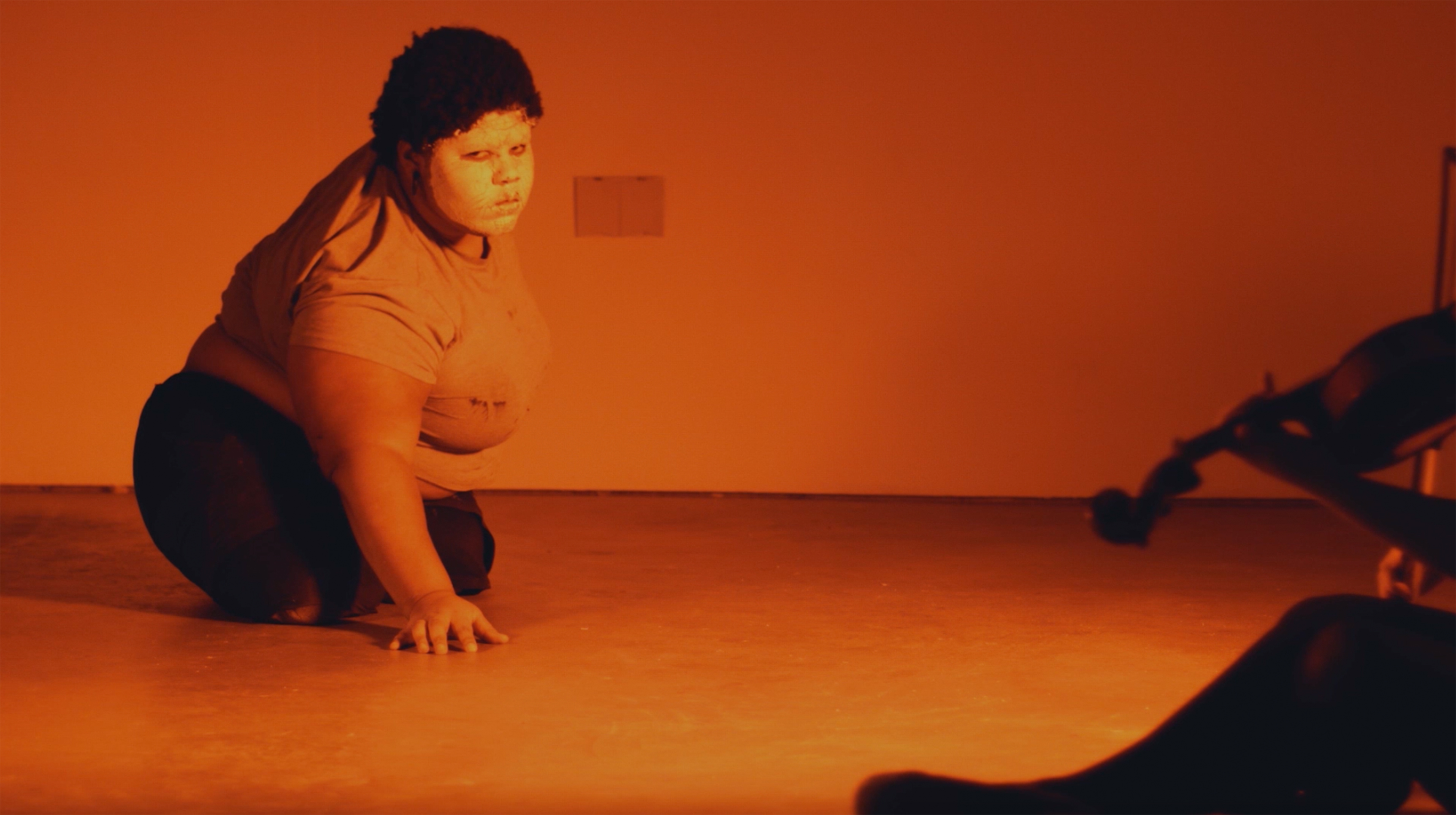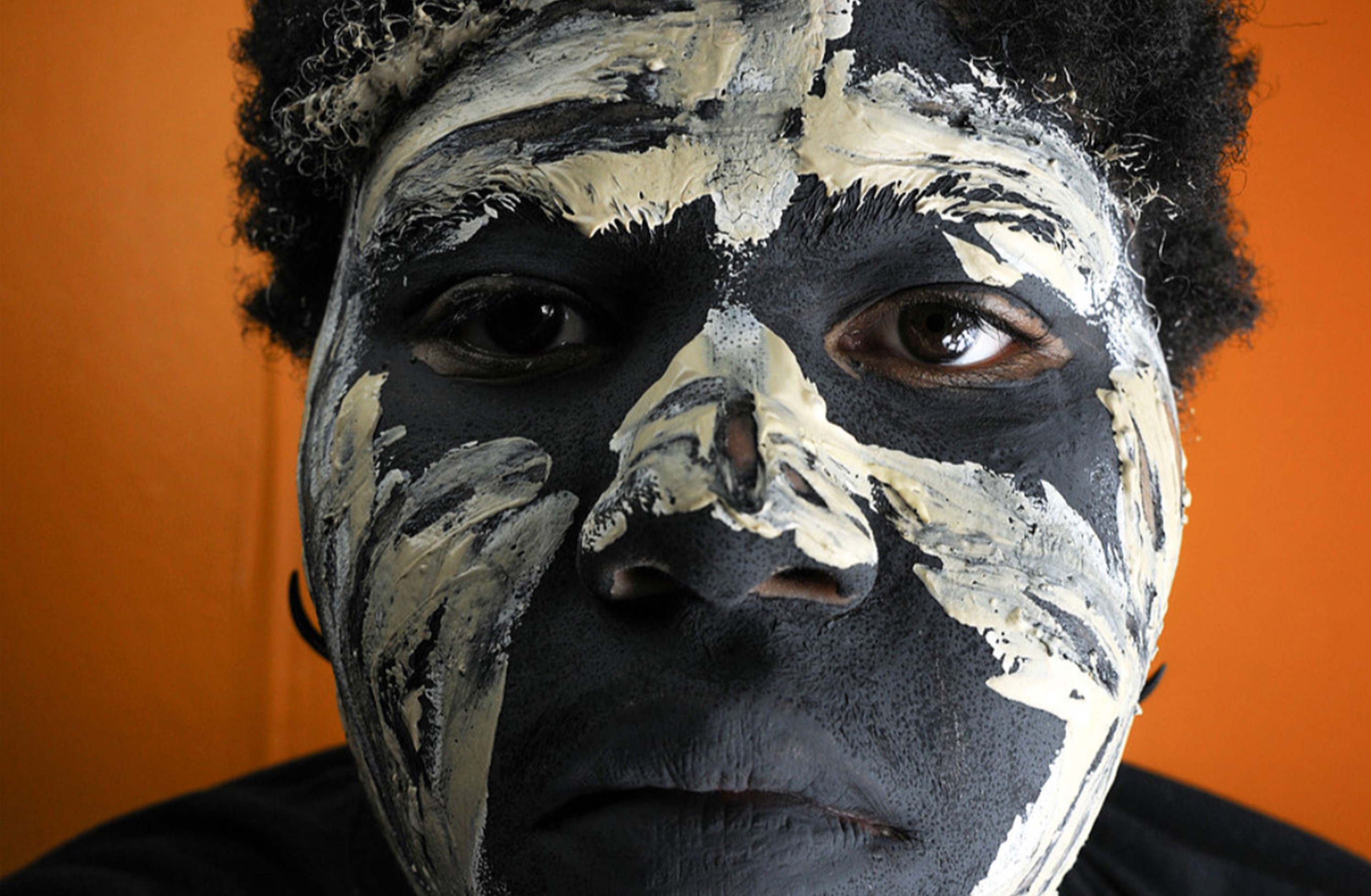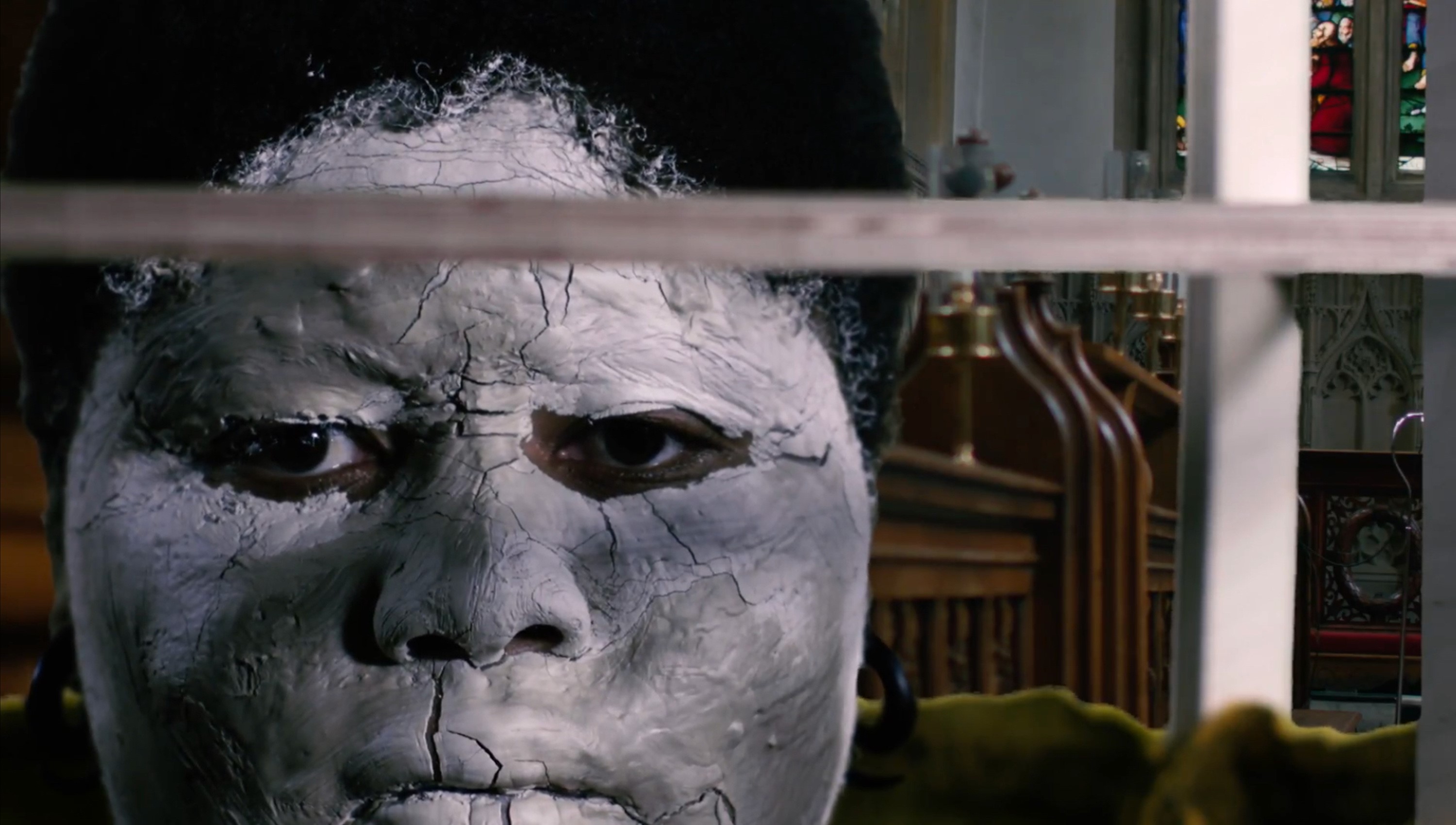Turner bursary-winning artist Shawanda Corbett discusses cyborgs and ceramics
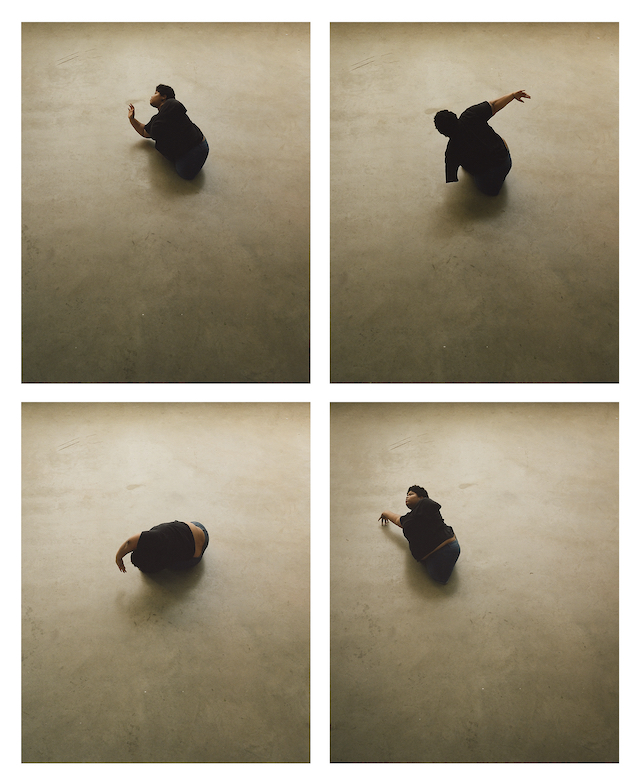
When Alex Farquharson, director of Tate Britain, announced its 2020 bursary recipients (the Turner Prize was cancelled this year due to COVID-19), he remarked that the selected artists showed “care for oneself, care for a community one identifies with”. The ethics of care are evident across Shawanda Corbett’s practice, the bursary-winning, interdisciplinary artist who recently had her first solo exhibition, Neighbourhood Garden, at Corvi-Mora. Corbett’s show astutely referenced the many personalities that she grew up with. On entering the gallery, visitors were greeted with luster and gold-painted vessels positioned in pairs – ceramics that honour her family and humanise characters from “the hood”; her vibrant, jazz-inspired paintings lining the walls an ode to childhood memories and universally shared experiences.
Born in Mississippi in 1989, Corbett gives thoughtful consideration to how Blackness is portrayed in her artwork, choosing to tell the stories of people in her life without offering viewers a definitive, figurative image. “You have to be knowledgeable and wary about Black bodies in certain spaces,” she notes. “The history of the crack epidemic in the United States, and how the drug was introduced, for example, was a way of breaking down Black bodies and communities. I didn’t feel comfortable doing caricatures of them in white-wall spaces, so I focused on their personalities.”
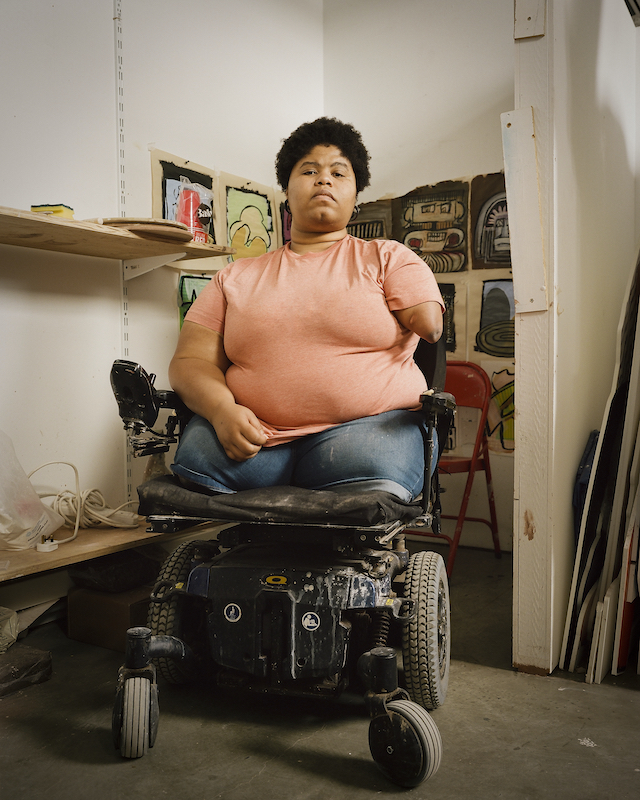
Under the tutelage of Lynette Yiadom-Boakye at the Ruskin School of Art, Corbett has also expanded her practice into performance, forcing audiences to think about what constitutes a complete body, born as she was without legs and one arm. Her arrival at this proposition stems from extracting ideas from Donna Haraway’s cyborg theory, a school of thought that rejects boundaries between humans, animals and machines, but one I had initially been reluctant to engage with because of its lack of intersectionality and citing of Black feminism. Although Corbett agrees it contains omissions, she also highlights that the theory is similar to how sci-fi writer Octavia E Butler created worlds with characters unstifled by narratives of racial identity and histories, while cyborgism “uses a lot of terminology from the trans community.” As a child, Corbett spent a lot of time at her grandmother’s home in New York among her friends from the LGBTQ community, including trans women of colour. Their presence and attitude impacted how the Oxford-based artist saw herself: “In my interaction with them, they never announced themselves or said what their societal identities were. Taking that way of being, seeing, just existing – I transferred it into my work.” Corbett, it seems, is too busy creating her own theoretical language and unique practice to be entangled with the laborious and continuous announcement of being Black, Woman, Disabled, or as she stoically puts it: “It is what it is.”
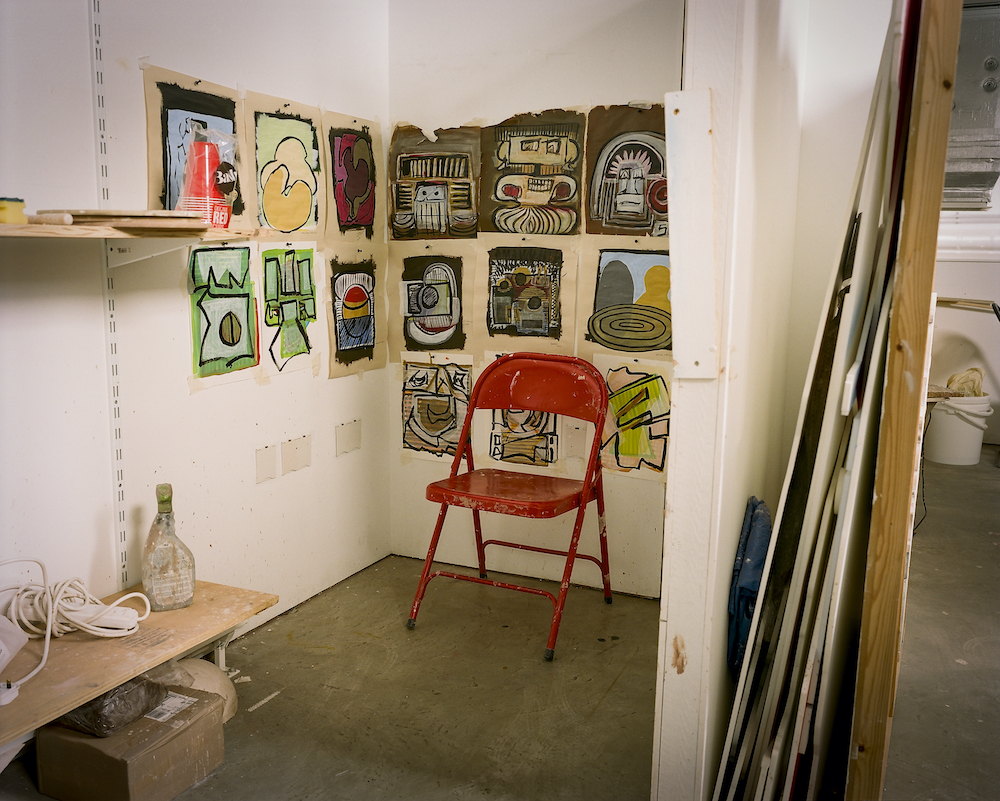
Our conversation turns to making, and she explains she shifted away from Western methods of pottery production because it requires a trimming technique with two hands. There is no indication that having one arm is obstructive to the creation of her work; in fact, problem solving is part of her creative practice. Whilst a student at the Rochester Institute of Technology she entered into a debate with her calculus professor when she didn’t understand a mathematical problem; he in turn used a pottery analogy: “You really don’t need two hands to throw the clay, you just need a point.” She began looking at ways of throwing that weren’t occidental, leading her to the Japanese method of making vessels from the bottom up. “No shade to the other professors, but they are only teaching what they were taught. When I tried it, it was much easier,” she laughs. As someone who understands the ways white supremacy functions in the arts, constantly re-affirming Western methods of making and doing which can suppress creatives of colour, as well as those with disabilities, I put it to her that finding new ways of making must be liberating. “It is not a worldwide truth that you need two hands, because you have gravity pulling the clay down and out,” she replies. “All that matters is the speed and pressure you put on the wheel.”
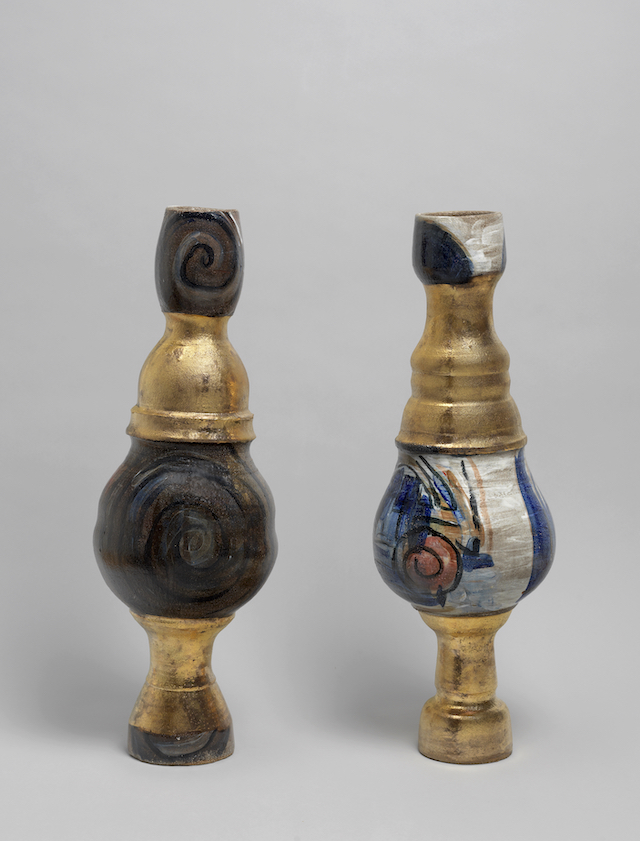
As we finish, I congratulate her again on the bursary and ask what the recognition means to her. She pauses and giggles: “It wasn’t something I was working towards, but it’s nice to know I am headed in the right direction.” Whatever direction she takes, throwing down or up, I have no doubt it will be the right one.
Photography Alice Zoo

This article is taken from issue 27. To buy the issue or subscribe, click here
